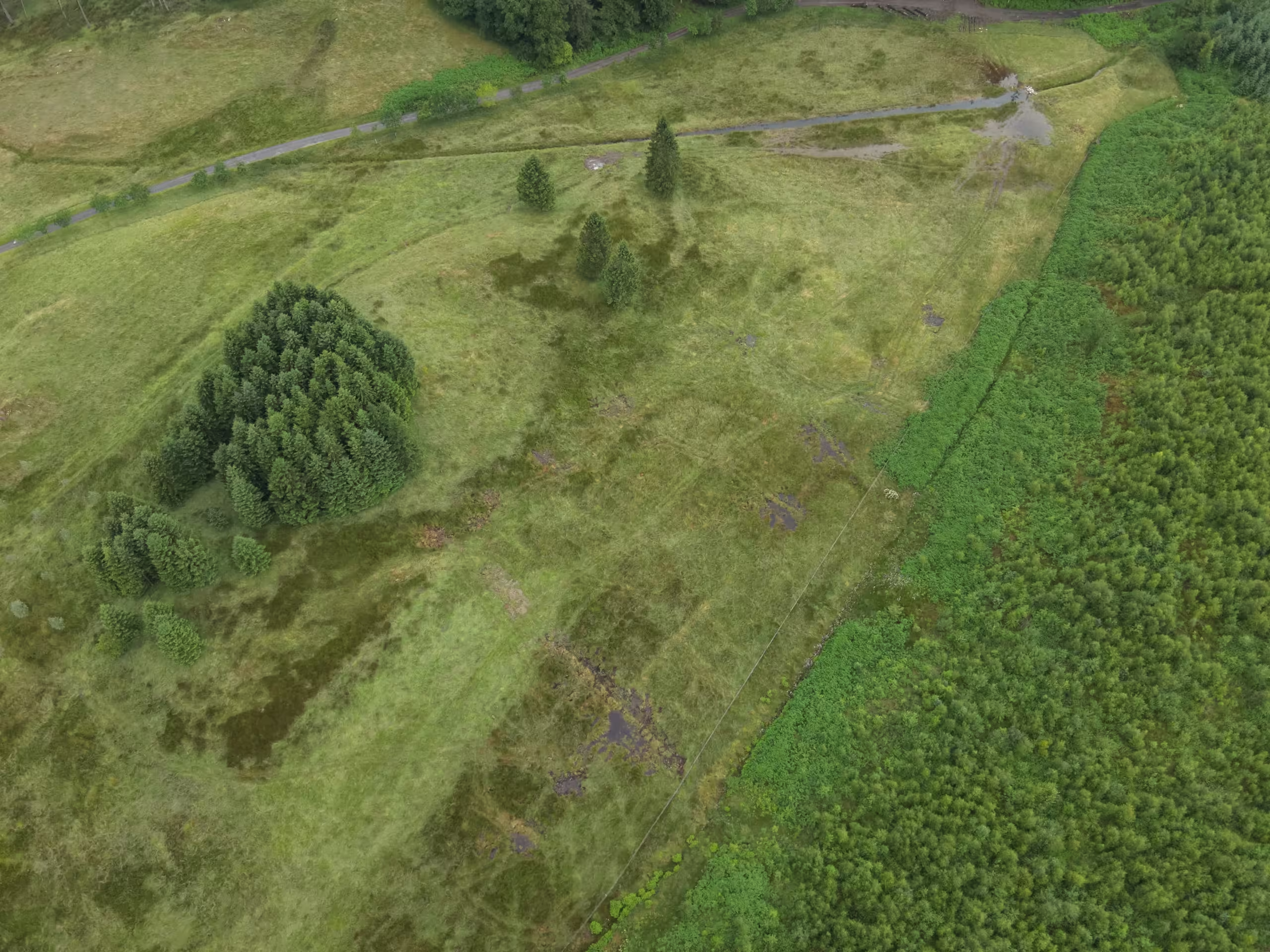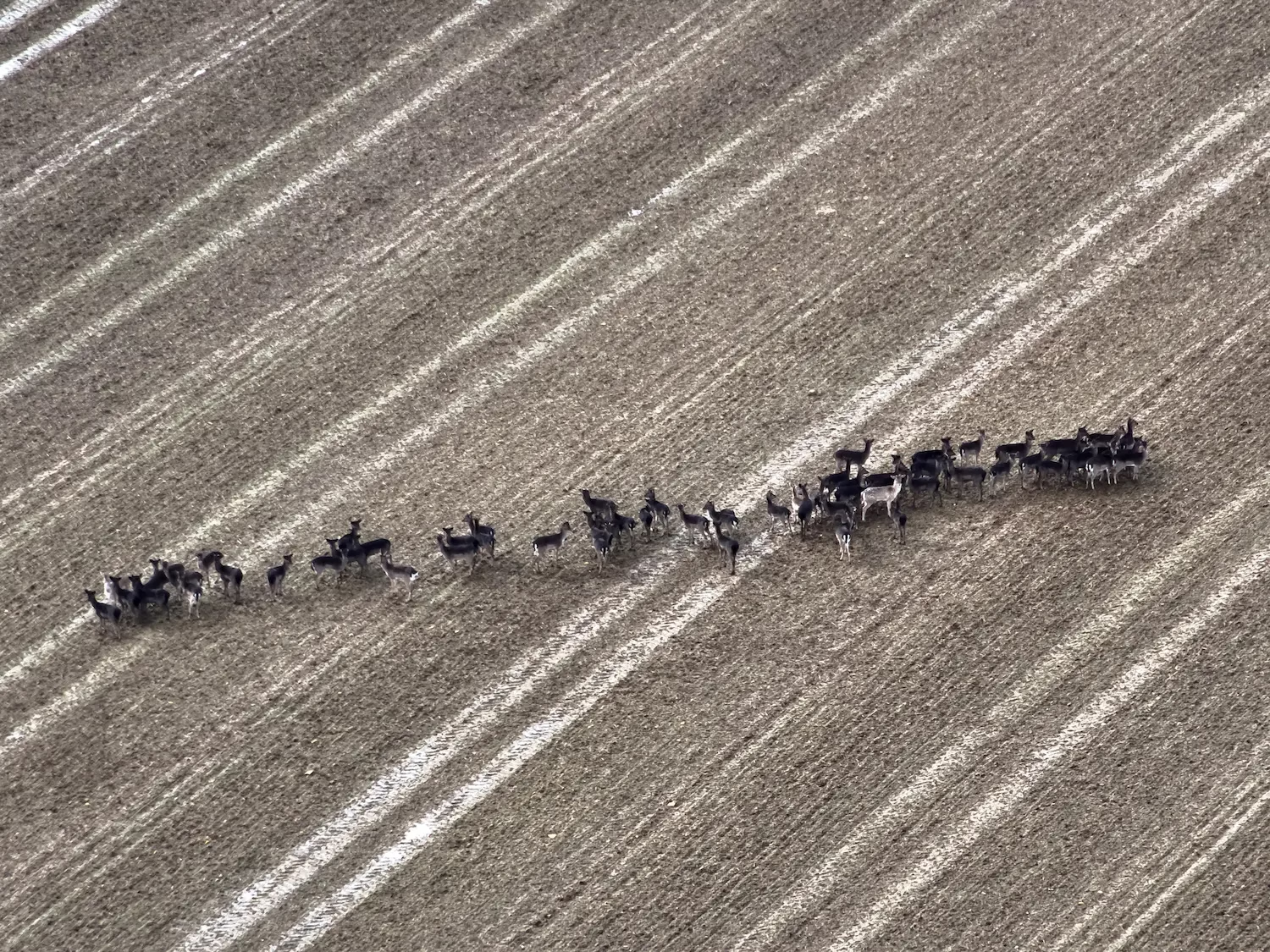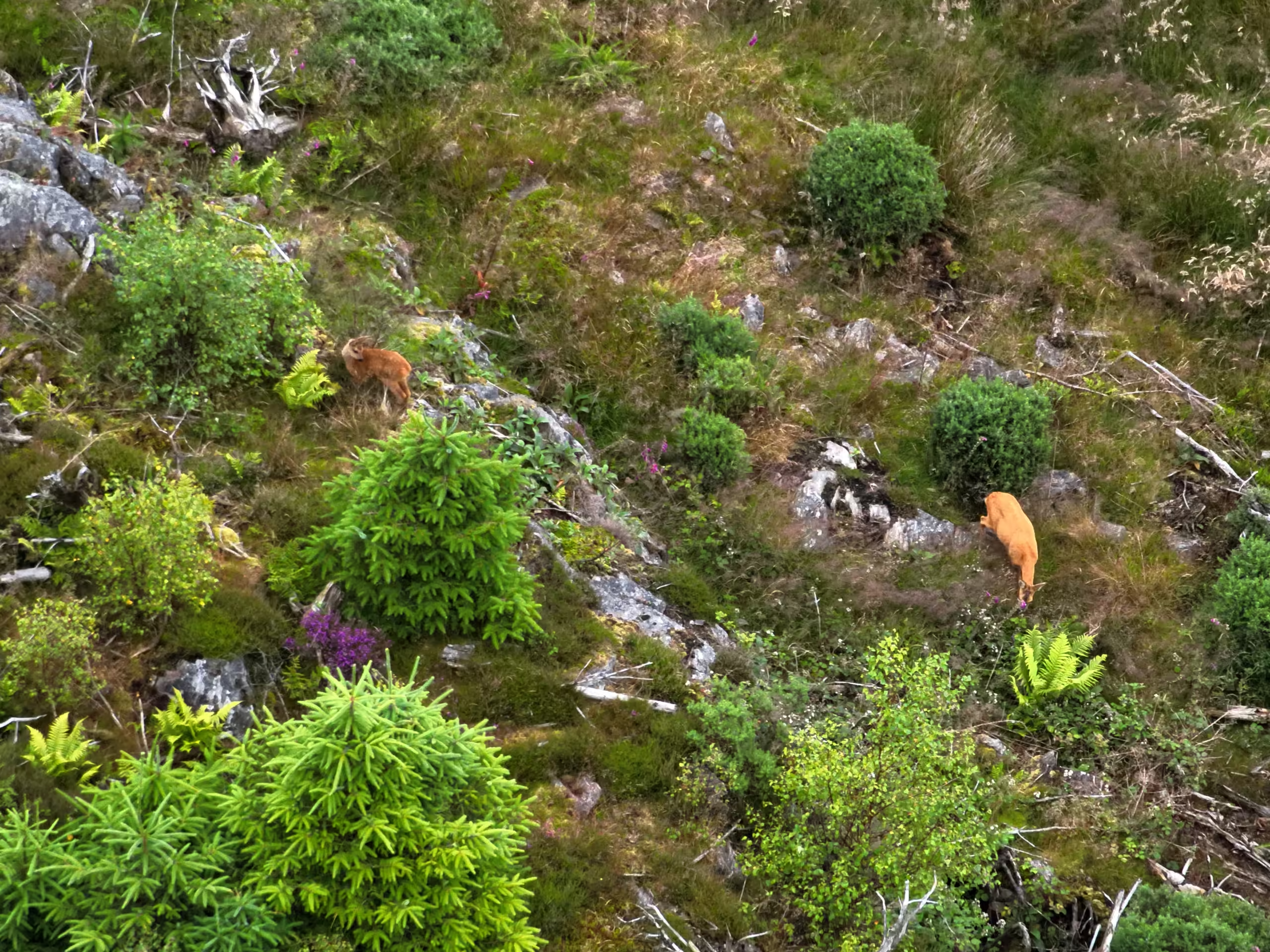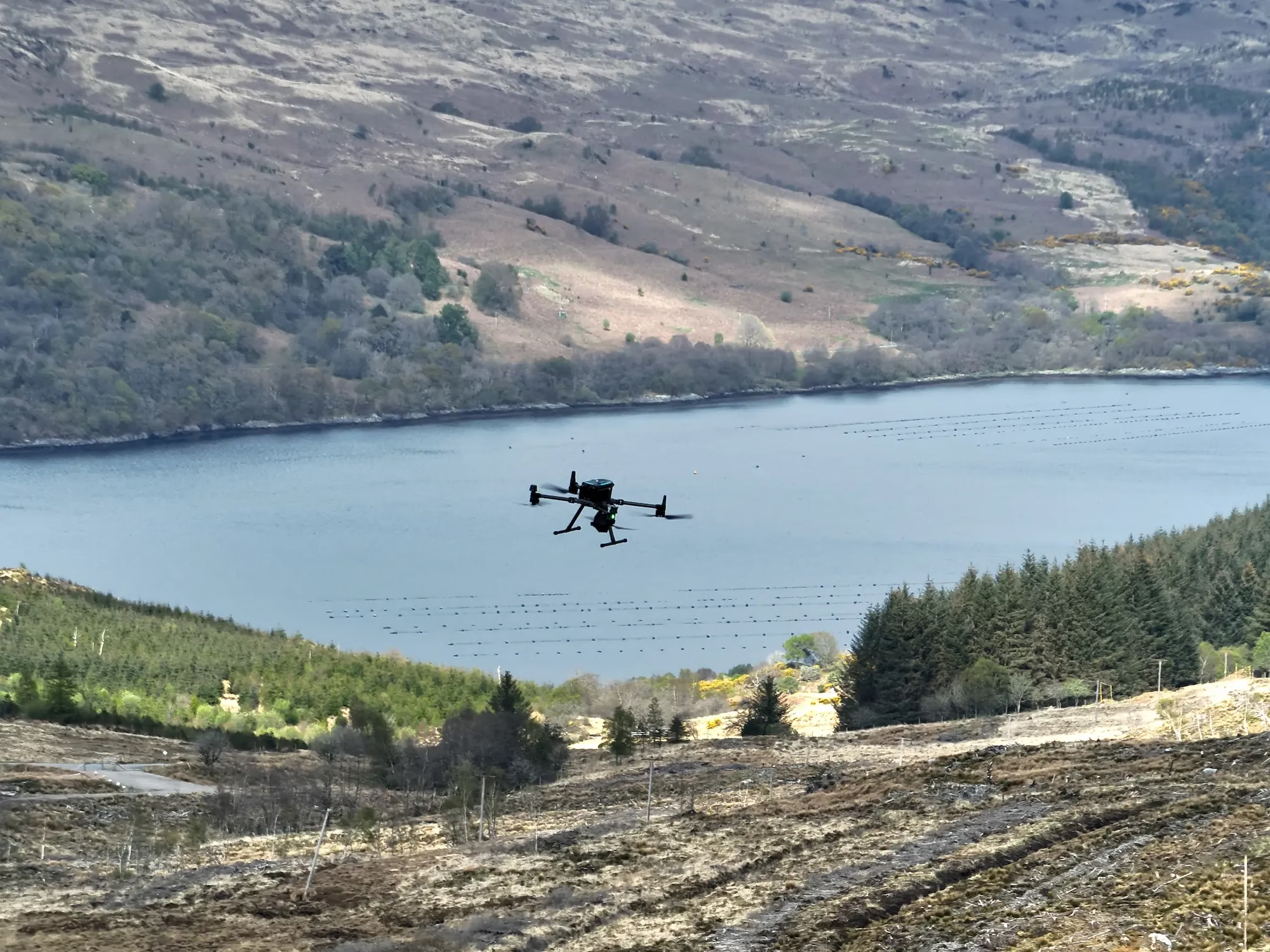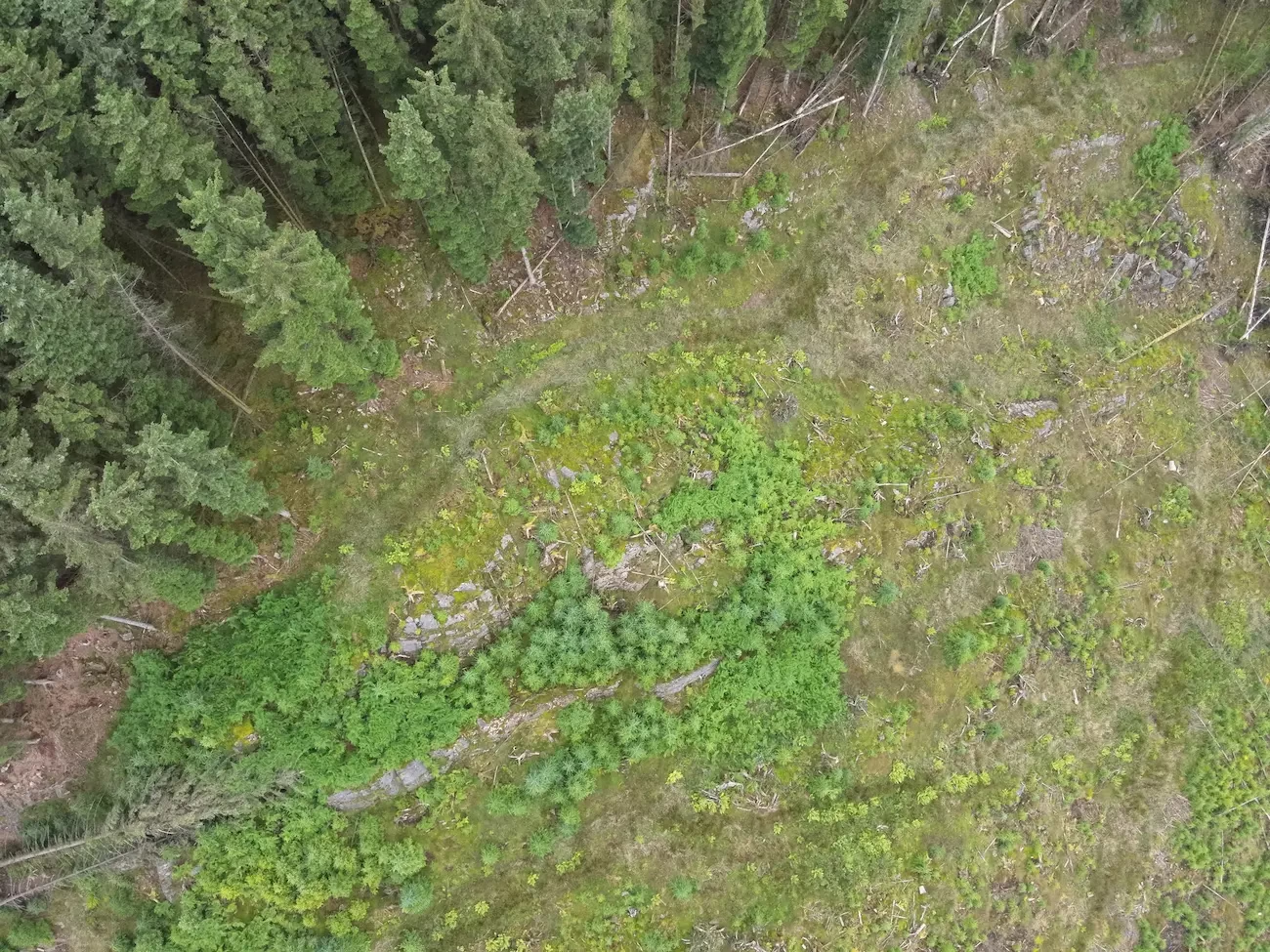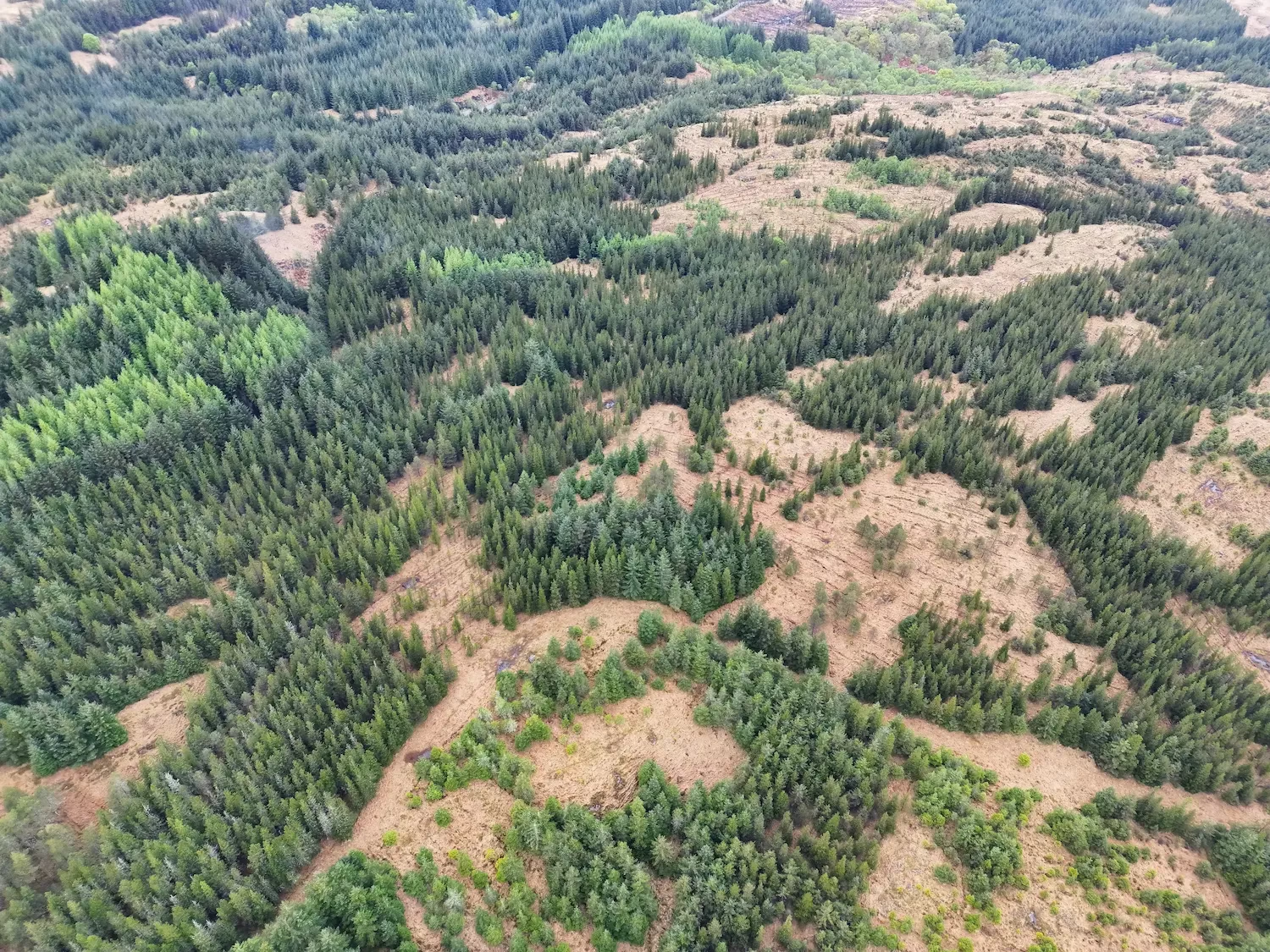Why Wildlife Grants Matter for Woodlands and Landowners
For landowners and estate managers, managing habitats affected by deer, invasive species, or degraded woodland is increasingly challenging. Wildlife grants available through the UK government offer essential support for those committed to long-term wildlife conservation outcomes. These grants for wildlife not only provide financial assistance but also fund professional ecological insights that drive strategic land and habitat management.
Boddy Environmental plays a key role in helping clients collect the evidence required to apply for conservation grants under the Countryside Stewardship (CS) Scheme. Their drone-based thermal surveys, habitat mapping, and ecological reporting services are trusted by wildlife conservation teams and landowners across the UK.
What Is the Countryside Stewardship Scheme?
The Countryside Stewardship Scheme (CS) is a government initiative managed by Natural England that funds environmental improvements on farmland and woodland. It supports:
- Biodiversity conservation and species recovery
- Woodland creation and habitat conservation
- Actions to address deer impact and wildlife protection
- Sustainable land use and conservation in priority species landscapes
The scheme operates through several tiers, with Mid Tier and Higher Tier grants best suited for conservation projects requiring detailed plans, surveys, and long-term ecological monitoring. These wildlife conservation efforts are often implemented in designated wildlife management areas.
What are CS grants for wildlife?
Countryside Stewardship grants provide funding for conservation efforts across England, including habitat management, species protection, and deer control. These government-backed schemes aim to help wildlife and restore ecosystems through tailored landowner actions.
Grants for Wildlife Conservation: Support from Boddy Environmental
WS1: Deer Control and Management (£105/ha)
This Higher Tier grant supports actions that control deer populations to prevent damage to woodlands. It is suitable where deer are shown to be negatively impacting woodland regeneration or biodiversity.
To qualify, landowners must:
- Submit a Deer Management Plan (DMP) by the end of year 1
- Install deer monitoring exclosures and provide photographic evidence in years 1, 3, and 5
- Record and report ongoing deer management activities
Boddy Environmental supports this with:
- Thermal imaging drone surveys to track deer numbers
- Impact assessments identifying overgrazed zones
- GIS mapping to inform exclusion or fencing plans
These insights are particularly valuable in wildlife management areas aligned with species conservation goals.
More information: WS1 Deer Control and Management
WD1: Woodland Creation – Maintenance Payments (£350/ha)
This grant offers annual payments for 10 years to support the maintenance of newly planted woodland. It follows a successful Woodland Creation capital grant.
Eligible actions include:
- Replacing failed trees
- Controlling competing vegetation
- Maintaining fencing and tree protection
Boddy Environmental supports sustainable woodland creation by supplying ecological evidence, including high-resolution data collected through their drone mapping service, which is essential for planning long-term habitat success.
More information: WD1 Woodland Creation – Maintenance Payments
WD2: Woodland Improvement (£127/ha)
This Higher Tier grant supports actions to enhance existing woodlands for biodiversity and structural resilience. It can include:
- Coppicing and thinning
- Creating open spaces
- Managing deadwood and understorey
Where deer impact is identified as a barrier to habitat health, control measures can also be included.
Boddy Environmental contributes:
- Deer and habitat impact assessments
- Monitoring data to support planned interventions
- Long-term evidence to track ecosystem recovery
More information: WD2 Woodland Improvement
Other Relevant Capital Options
Depending on the project, other grants for conservation under CS may support:
- Hedge planting or gapping up
- Fencing and tree protection
- Water source protection zones
Boddy Environmental’s ecological surveys include detailed habitat mapping, supported by advanced technologies such as drone-based data collection. Their expertise in landscape and restoration mapping helps demonstrate the need for conservation measures and provides essential evidence to strengthen your chances of securing funding.
Wildlife Conservation Services to Strengthen Grant Applications
Boddy Environmental supports conservation initiatives by generating the data and reports required for robust wildlife fund applications. Their services include:
- Deer drone surveys using thermal imaging
- LiDAR and GIS-based habitat mapping
- Photogrammetry and spatial analysis
- Biodiversity progress monitoring
These services are widely used by estate managers and landowners preparing grant applications, especially in wildlife management areas or zones supporting species and their habitats.
Boddy Environmental does not submit applications but works closely with land agents and applicants to ensure the ecological evidence meets scheme requirements. Their insights support a wide range of wildlife conservation projects and can align with public or private funding opportunities.
Planning Ahead: Why Now Is the Time to Prepare
With increasing attention on wildlife conservation, biodiversity, and sustainable land use, grants for wildlife conservation like WS1, WD1, and WD2 are more relevant than ever. They also complement upcoming changes under the Environmental Land Management schemes (ELMs).
By engaging early, landowners can:
- Build strong baseline data to support grant applications
- Track ecological changes over time
- Make informed decisions about land use and wildlife strategies
Boddy Environmental offers the tools and insight to support these goals. Today and into the future.
Considering a Countryside Stewardship application? Get in touch with Boddy Environmental to see how ecological surveys, restoration mapping, and species data services can help you build a compelling case for conservation grants in 2025 and beyond.
